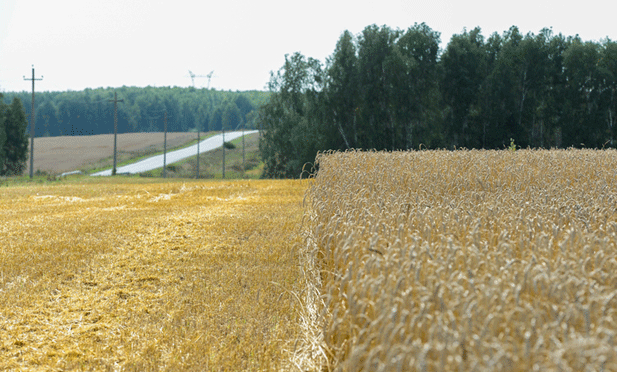On August 1st, the Chelyabinsk Ministry of Agriculture announced that the “Larisa Yantarnaya” variety has joined the list of 58 other durum wheat varieties created by Russian breeders. This new variety, developed by the Chelyabinsk Agricultural Research Institute, is notable for its drought resistance—a critical trait for wheat cultivation in regions with challenging climatic conditions.
In the Chelyabinsk region, 22 of these varieties, including “Larisa Yantarnaya,” have been recommended for cultivation due to their high adaptability and resilience. Among the most popular varieties among local farmers are “Marina,” varieties from Bezenchuk, “Zhemchuzhina Sibiri,” and “Rustikano.”
Growing Durum Wheat in Chelyabinsk: A Strategic Advantage
The Chelyabinsk region, particularly its southern districts, offers favorable conditions for durum wheat cultivation. The area benefits from moderate humidity and ample sunshine, making it ideal for growing this type of wheat, which is crucial for the production of pasta and other wheat-based products.
Chelyabinsk ranks second in Russia for durum wheat production, trailing only the Orenburg region. The area under durum wheat cultivation in Chelyabinsk has grown significantly, from 148,000 hectares in 2020 to 243,000 hectares in 2023. This expansion has resulted in a gross harvest of 360,000 tonnes. In 2024, durum wheat varieties occupied 28% of the total wheat sown area in the region.
The Role of Durum Wheat in Local Agriculture and Industry
Evgeny Litvinov, the First Deputy Minister of Agriculture, highlighted the superior quality of durum wheat grown in the Southern Urals. This high-quality wheat is utilized by local pasta producers, including major companies, contributing to Chelyabinsk’s second-place ranking in Russia for pasta production.
To further support farmers growing durum wheat, the regional government has introduced enhanced financial assistance programs. These include subsidies for the purchase of seeds and mineral fertilizers. The first subsidy provides 1,000 rubles per hectare of sown area, while the second covers 70% of the costs associated with seeds and fertilizers. The support for durum wheat seeds is 55% higher than that for other grains and legumes, reflecting the government’s commitment to boosting this sector.
A Promising Future for Durum Wheat in Russia
The development and successful introduction of the “Larisa Yantarnaya” wheat variety underscore the growing importance of durum wheat in Russia’s agricultural landscape. With favorable conditions, strategic support, and ongoing research, the Chelyabinsk region is well-positioned to strengthen its role as a leader in durum wheat production. As the area under cultivation continues to expand, the future looks promising for both local farmers and the broader agricultural industry in Russia.
Error




